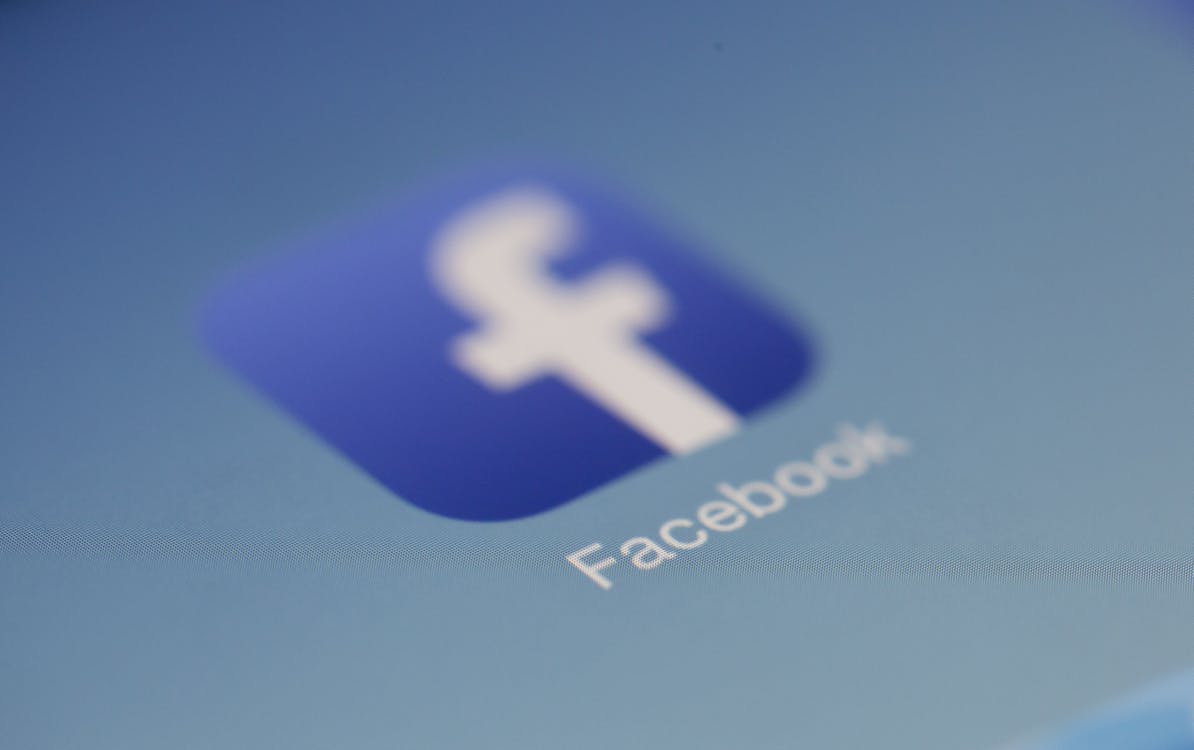How to Create Great Content That Drives Traffic
Lack of website traffic is one of the most common challenges from business owners. Many report having lost a significant percentage of their search traffic over the past year or two, and are continuously looking for new ways to drive relevant traffic to their site. Here are some attempts to give marketers and business owners a whole battery of straight-to-the-point, actionable tips for getting traffic to your website or blog. While some of these strategies won’t be a quick fix, you may be surprised how quickly many of them start to generate results.
1. Infographics.
An infographic is the presentation of information or data in a visual way. Its name sums it up, info + graphic. Infographics get shared more, viewed more, and loved more than most other content types. They are a powerful way to get your information out there in an explosively visual format. One study found that infographics were liked and shared on social media up to three times more often than other content. The viral potential is there.
2. Consistent blogging.
Regularly writing genuinely helpful, value-packed original blog posts on your business blog is the foundation of any content marketing strategy. Blogging increases website traffic in a number of ways. First, it establishes you as a thought leader. Your customers, leads, and target audience learn to trust you and expect the best from you. On top of that, original and useful blog posts are more likely to be shared socially and they encourage repeat visits, so you get more traffic and start putting prospects through your sales funnel.
3. Mark important industry events.
The easiest way to come up with timely, relevant content is by looking at the world around you. For me, one of the most important events in the startup calendar is the TechCrunch conference. So, here’s a timely piece of content about it. You can do the same in any industry. Let’s say you run a sports company. You know that Olympics is coming up in August, which gives you tons of topics to write about. Mark that date in your calendar, as well as any other major events along the way. Set yourself a reminder a week before each event, and create a piece of content about it. That means you will always have some relevant and newsworthy content ready for the big event. Simple. Easy. This should instantly start filling up your content calendar
4. Focus on long tail keywords.
The days of focusing on a single keyword for each page are long gone. Make sure your posts include all the relevant terms and phrases related to your topic.
5. Memes.
You’ve seen memes. They’re easy to make. They’re viral. They’re hilarious. That’s one of the great benefits of memes, their humor. People love something that they can laugh at, share, and get a kick out of.
A content strategy is still the best (and cheapest) way to drive traffic to your website. But, it isn’t easy. Traffic acquisition takes time, patience, and a schedule. It’s the key to long-term, valuable traffic.



















